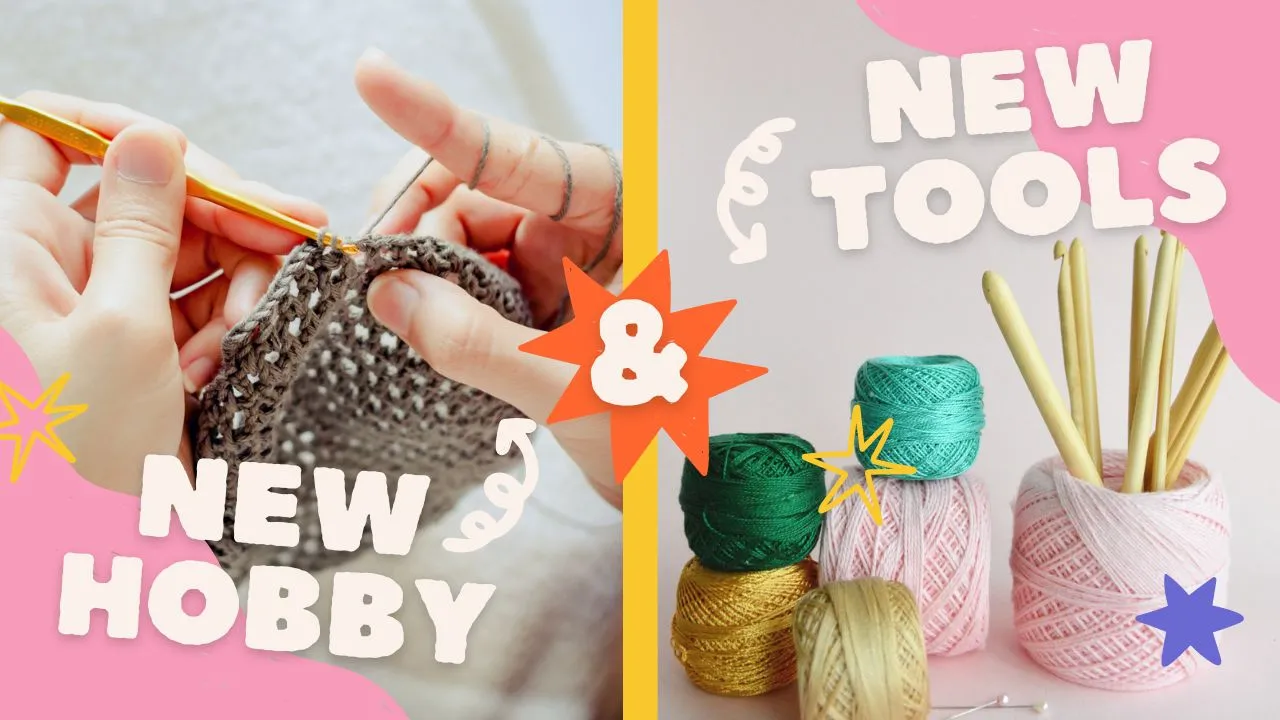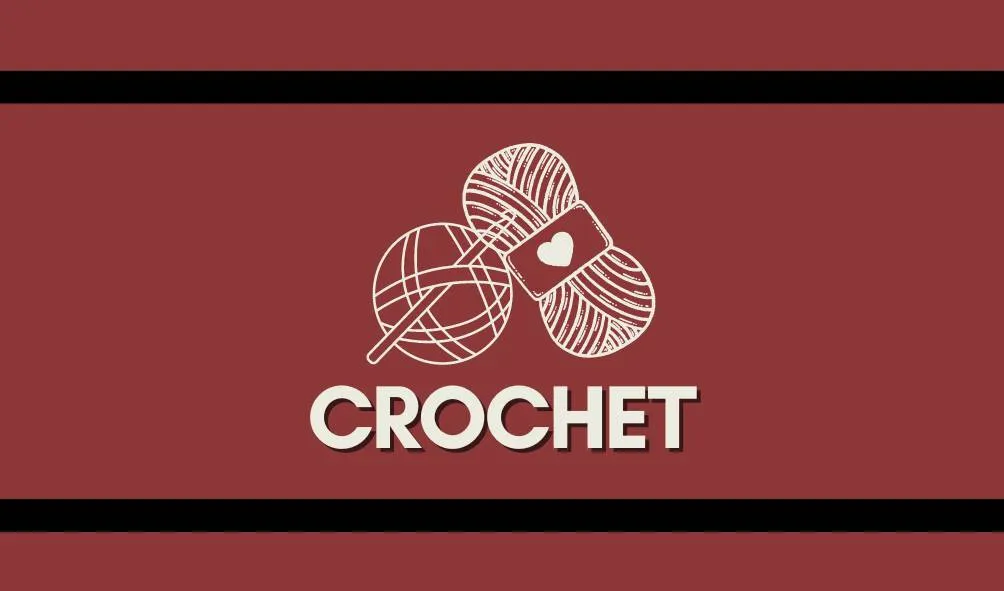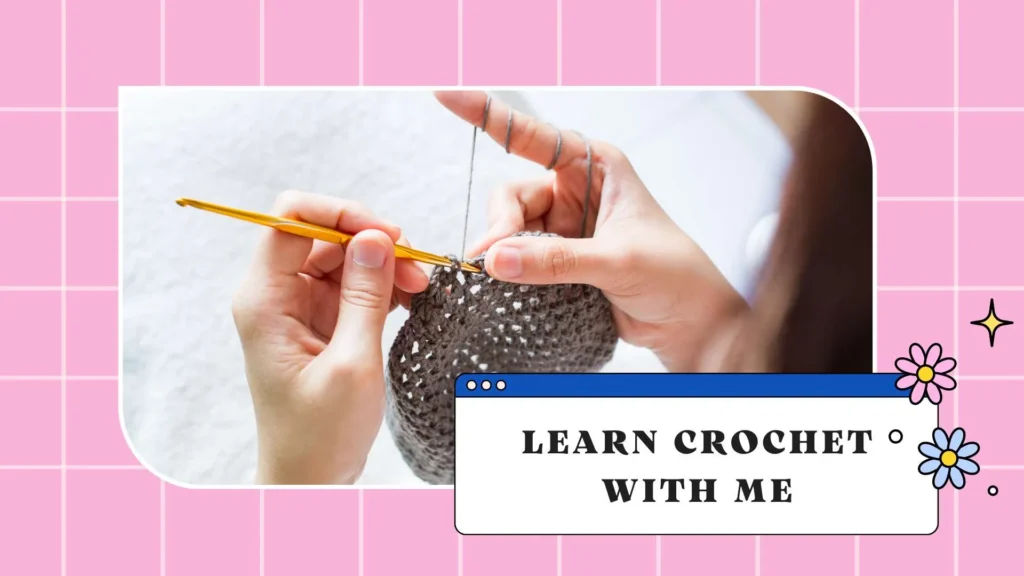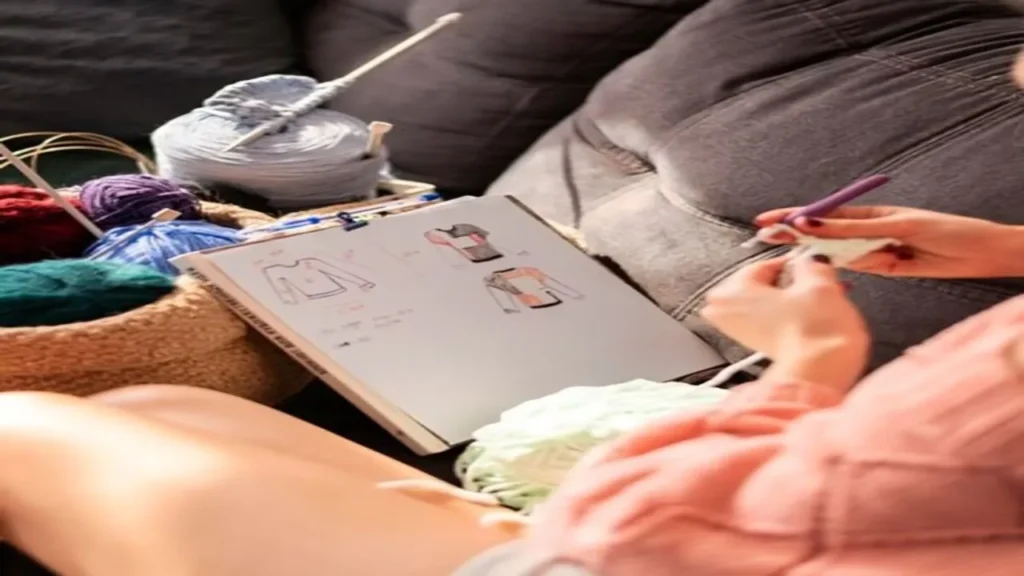TIPS
Crochet: A Timeless Craft with a Rich History and Modern Appeal

Crochet is generally spoken of as one of the most popular textile handicrafts, where interconnecting rings are formed using a crochet hook to draw yarn, thread, or another material through each other. From the French word ‘Croc,’ which translates to hook, it has grown from French lace-making in the seventeenth century into a widely practiced contemporary art. This technique can create vicarious products ranging from fragile doilies with lace patterns to warm blankets, which proves the versatility of the technique in addition to the inventiveness of the people creating them.
The Historical Roots of Crochet
First known directions of crochet were printed in 1823 in Dutch magazine Penélopé. However, the historical background of this technique is still ambiguous and it is associated with techniques such as tambour embroidery that works by using a hooked needle to build up loops on a material. It is during the 19th century that the craft began to grow in Europe especially in England, France, and Germany.

Types of Crochet
- Basic Crochet: Simple stitches for beginners.
- Tunisian Crochet: Combines knitting and crochet for a textured fabric.
- Filet Crochet: Open mesh patterns for intricate designs.
- Amigurumi: Small, stuffed toys and characters.
- Broomstick Lace: Elegant lace using a large needle.
- Hairpin Lace: Strips of lace joined together.
- Corner-to-Corner (C2C): Diagonal construction for blankets.
Distinguishing Crochet from Knitting
It is important not to confuse the craft of knitting with crocheting as these two are different, follow different techniques, and use different tools. It entails using a single hook to work with stitches on the piece in question as opposed to knitting, where two needles and multiple live stitches are used. This leads to the fact that the crochet structure is going to be different from the knit structure, as it usually creates a denser and quite rougher material than the smooth and rather elastic knitwear fabrics.
Basic Tools and Materials
To begin the process, you need only a few basic tools: a crochet hook as well as yarn or thread. Hooks are also available in different sizes, and their materials include steel, aluminum, bamboo, and plastic material. The size of the hook selected varies with the type of yarn used and with the thickness of the work to be produced. Cloths also differ one from the other, from cotton to woolen to silky yarn and thread blends totality makes it possible to knit virtually anything.
Advanced Techniques and Patterns
With time, most of the crocheters develop an interest in adopting more complex patterns and making them. Knitting with an elongated hook, a Semi-crochet that is also a blend of knitting and crochet, produces a fabric that is as stiff as that produced by knitting and is best suited for blankets and garments. Other kinds of lace-making include broomstick lace and hairpin lace, which involve using other equipment to produce finer forms of lace. Learning these techniques allows one to explore other areas of creativity and art forms in this craft.

Fashion and Design
Knitting has evolved from the craft that was primarily associated with the grandmother’s art to a fashion staple. Fashion designers have gotten into using crochet in their collections to give elegance to the texture and pattern of clothes and accessories. Starting from tops and dresses in boho-chic and ending with handbags made with incredible detail, it is a universal direction in fashion design.
Read Also: Corseturi: Timeless Elegance and Modern Fashion Fusion
Community and Charity
It is more than just a hobby; it’s a way to connect with others and give back to the community. Many people participate in charity projects, creating items like hats, blankets, and toys for those in need. Organizations such as Project Linus and Warm Up America! encourage them to donate their handmade creations, bringing comfort and warmth to people in challenging situations. This sense of community and purpose is one of the most rewarding aspects of the craft.
Common Challenges for Beginners
- Maintaining Tension: Keeping stitches evenly spaced can be difficult.
- Reading Patterns: Understanding abbreviations and symbols in patterns can be confusing.
- Consistent Gauge: Matching the pattern’s gauge for size and fit is often tricky.
- Choosing the Right Yarn: Selecting suitable yarn for a project can be overwhelming.
- Hook Size Confusion: Knowing which hook size to use can lead to mistakes.
- Learning Stitches: Mastering new stitches may require practice and patience.
- Frustration with Mistakes: Making errors can be discouraging for new crocheters.
- Finishing Techniques: Understanding how to finish projects neatly is essential.
Understanding Crochet Patterns and Terminology
The patterns can initially seem like a foreign language, filled with abbreviations and symbols. Terms like “ch” (chain), “sc” (single crochet), and “dc” (double crochet) are shorthand for the stitches used in the pattern. Understanding these abbreviations is crucial for following instructions and successfully completing projects. Many patterns also include charts that visually represent stitch placement, providing an additional tool for interpretation.

The Evolution of Hooks and Tools
Crochet hooks have developed a lot over the years as compared to the initial stage. In earlier days, hooks were made of different organic materials like bone, ivory, wood, etc., but at present, most hooks are designed out of rubber, plastic, metal, and even the specially designed ergonomic type that does not cause any strain to the hand. Other types of hooks include Tunisian hooks or double-ended hooks, which have also enriched the canopy of crochet by opening other prospects for the crafters so that they can try out new styles and designs.
Preserving Crochet Traditions
Modern crochet is still developing, yet it is vital to maintain the traditional standard and templates of crochet works. Many enthusiasts are usually very passionate about learning and using those older patterns so as not to let those crafts die out. It guilds and organizations worldwide support these prescription efforts to ensure that such traditions are duly maintained.
The Future
Thus, one may speak about the promising future of crochet with the active development of new technologies and people’s creativity. These include not only apparent improvements such as enhanced strength and flexibility but also such developments as woven loop yarns, the multiple system, the fluidized system, and the stochastic system. From clothing accessories and smart devices, smart products, and fashionable installations to sustainable clothing and a better world, it is emerging as a progressive and developing art form that can provoke and captivate the global audience.
Conclusion
Crochet is a versatile craft that transcends just being a craft; it’s a way to express oneself, a group activity, or a therapy tool. With its rich history, diverse methods, and non-restricted age and skill levels, it remains interesting to people of all ages. With its popularity, it’s a timeless hobby that will be enjoyed by generations to come. Whether a beginner or a seasoned craftsperson, it is a realm of self-expression and happiness.
-

 GENERAL2 months ago
GENERAL2 months agoUncovering the World of кинокрадко: The Dark Side of Film Piracy
-

 GENERAL1 month ago
GENERAL1 month agoUnveiling the Art of преводсч: How Translators Bridge Language Barriers
-

 YOGA1 year ago
YOGA1 year ago4 Person Yoga Poses for Beginners
-

 GENERAL2 months ago
GENERAL2 months agoThe Journey of iamnobody89757: From Anonymous User to Internet Sensation























